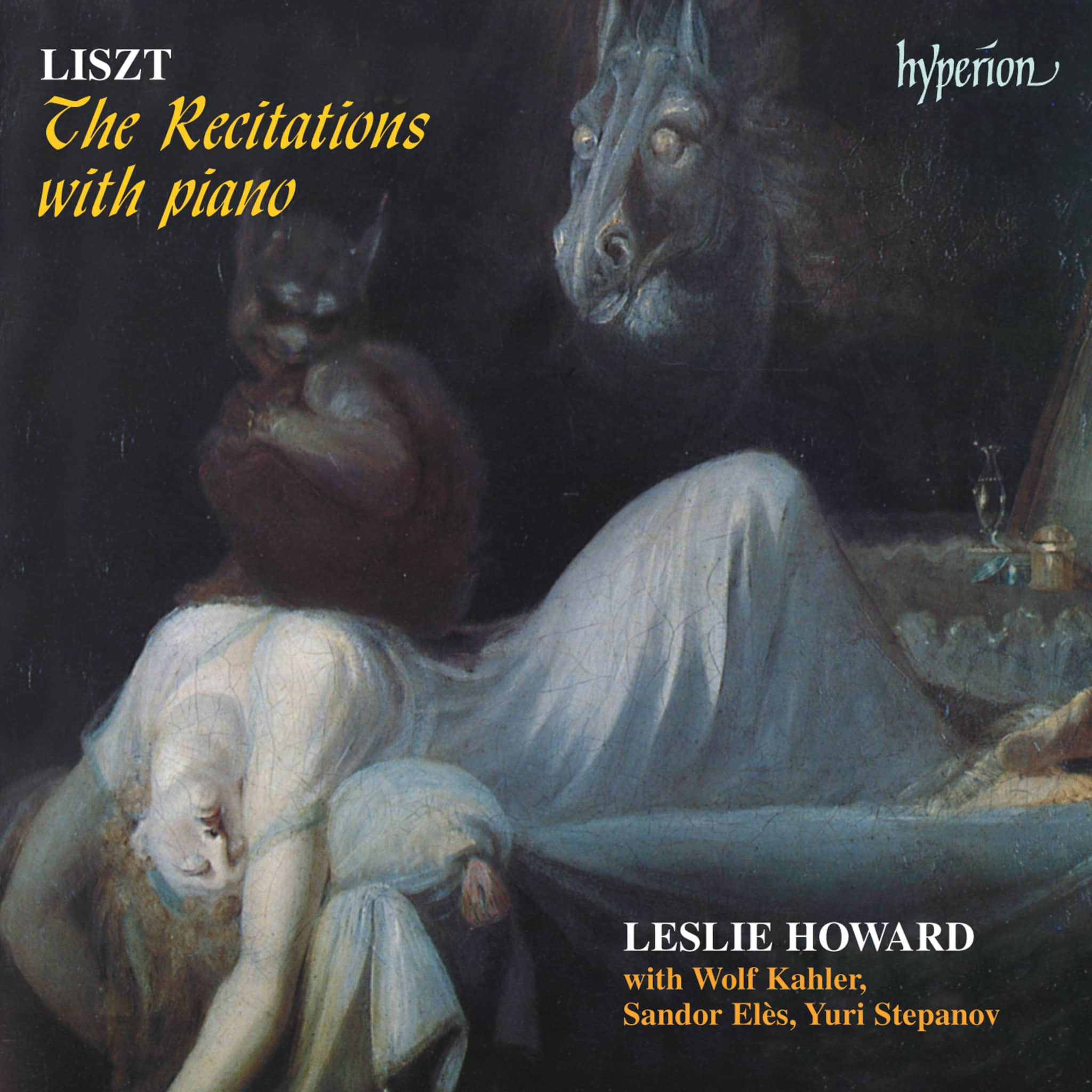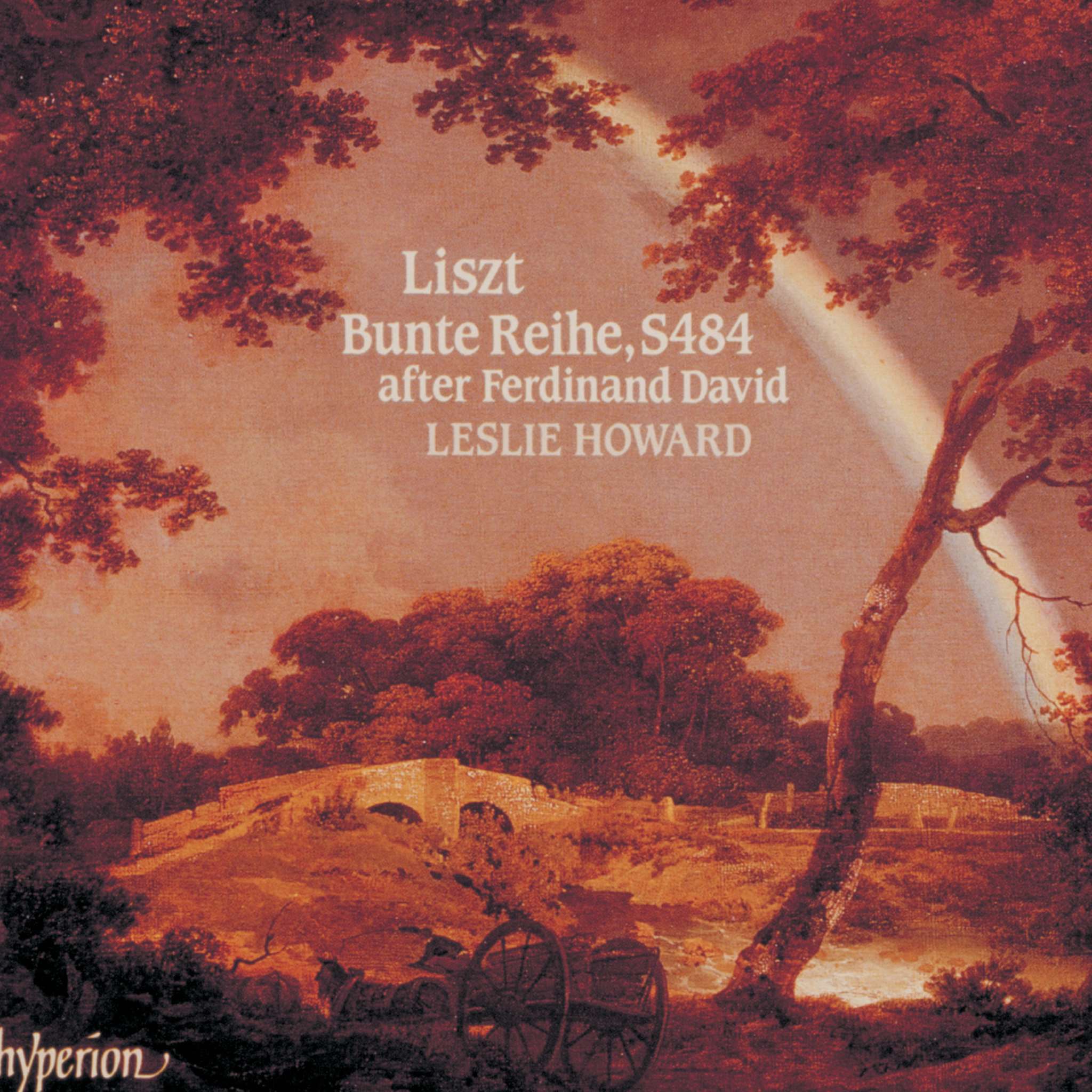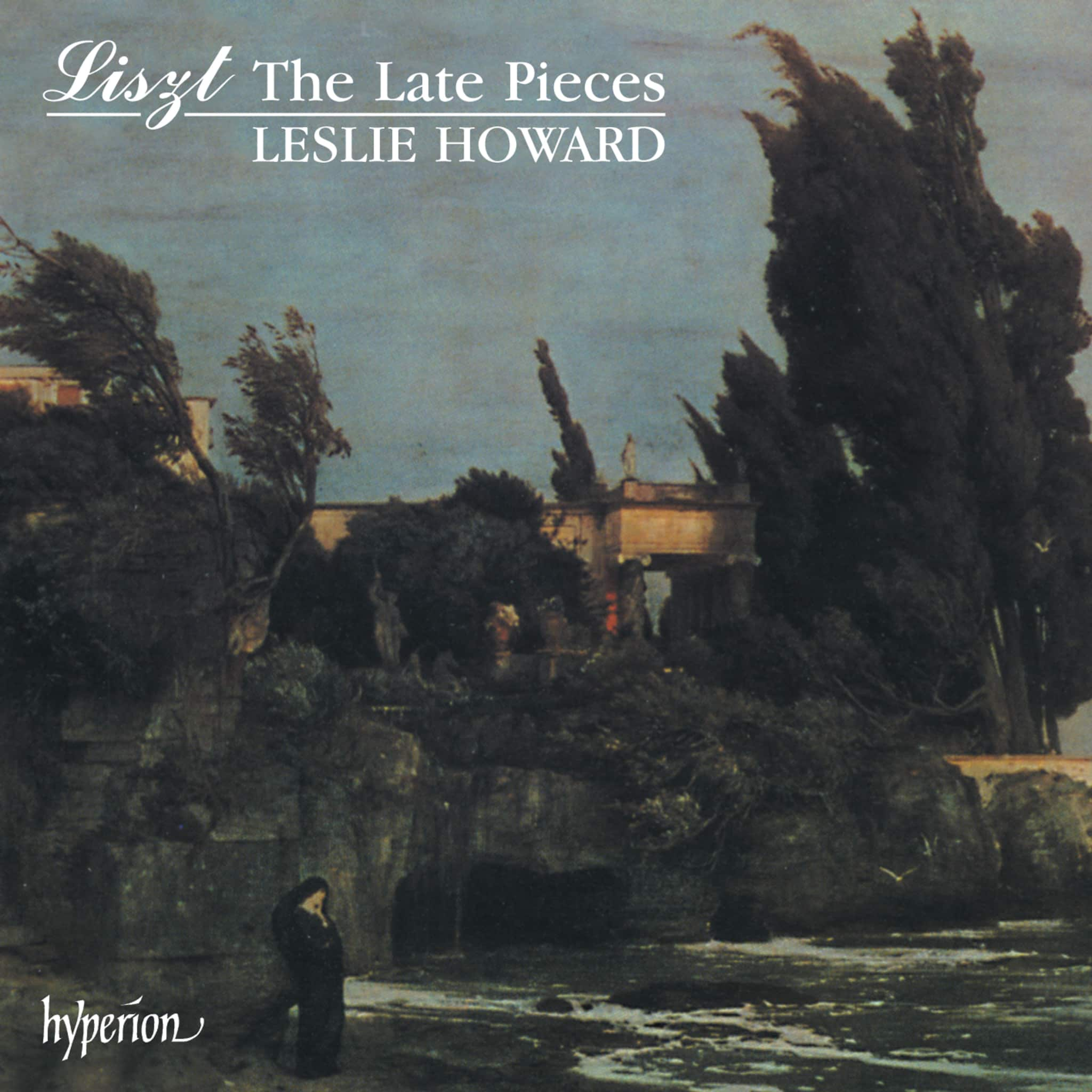Album insights
In this recording of Beethoven's piano sonatas, I did not conform to the convention of combining works related by opus numbers, Beethoven's creative periods, or fame levels. I consider that many listeners still view conventional albums like concert programs, not just choosing individual tracks, and believe that the pauses between pieces can be as expressive as the music itself.
Playing the introductory bars of the Piano Sonata in B-flat Major, Op. 22 usually draws blank reactions. Despite its brilliance, this piece remains unfamiliar to many. Beethoven himself held this sonata in high regard, expecting it to outsell his other works. Denis Matthews noted its initial neglect, overlooking its rich content and thematic depth.
The slow movement, marked Adagio con molto espressione, resonates deeply with me. It showcases Beethoven's renowned lyrical style, framed by somber motifs and profound musical figures. The Minuet interjects a lively touch, contrasted by a darker Trio section reminiscent of Schumann's Humoreske. Czerny suggested a slightly faster tempo for this segment.
The sonata's final movement poses considerable challenges, demanding both technical prowess and imaginative interpretation from the performer. Beethoven's genius shines through in crafting a piece that requires both proficiency and sensitivity for its interpretation. This rondo-like movement delivers emotional depth alongside technical intricacies, culminating in a serene conclusion with a last-minute twist.
Op. 22, the last among Beethoven's early sonatas, already hints at the transition to his middle creative period. Conversely, the Piano Sonata in E-flat Major, Op. 31 No. 3, firmly anchors itself in this later period, embodying Beethoven's evolving style. Reflecting on this journey, Op. 31 No. 3 sets a new tone that reflects Beethoven's growing artistic maturity.
Beethoven's Piano Sonata in A Major, Op. 101, has been a personal favorite of mine, having performed it in various settings. Dedicated to his beloved student Dorothea von Ertmann, this sonata shows a tender side of Beethoven. Their friendship and musical collaboration underscore the deeper emotional layers behind this masterful composition.
As Beethoven navigated personal struggles, including legal battles and worsening deafness, his musical output remained a guiding light. Despite the challenges he faced, Beethoven’s resilience shines through in his Op. 101 and the profound emotional depth woven into its structure. The intricate interplay of themes and motifs reveals Beethoven's evolving musical language.
Beethoven’s dedication to Von Ertmann underscores a pivotal moment in his life, highlighting the emotional depth he poured into his music. Their shared musical journey serves as a testament to Beethoven's unwavering commitment to his art and the profound impact it had on those around him.






